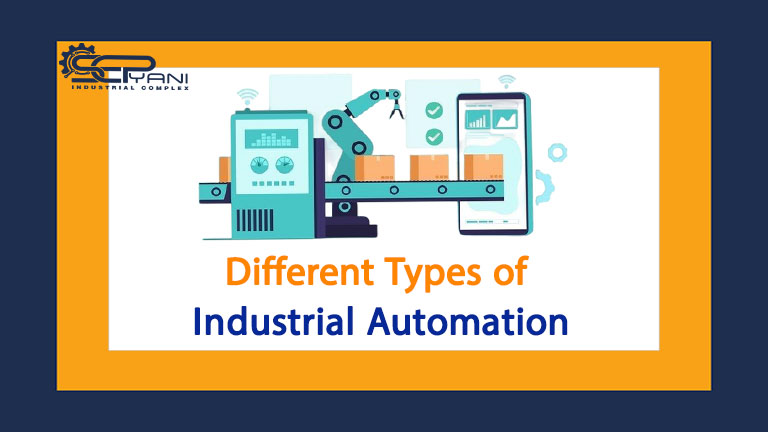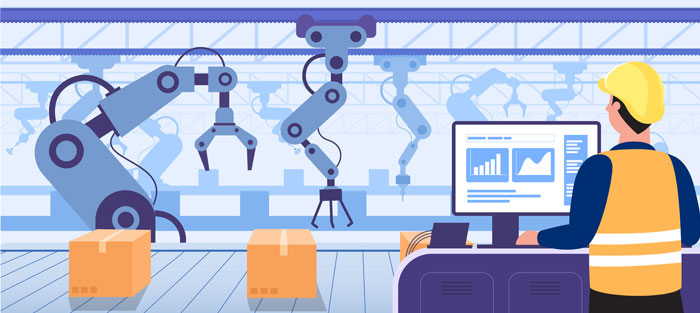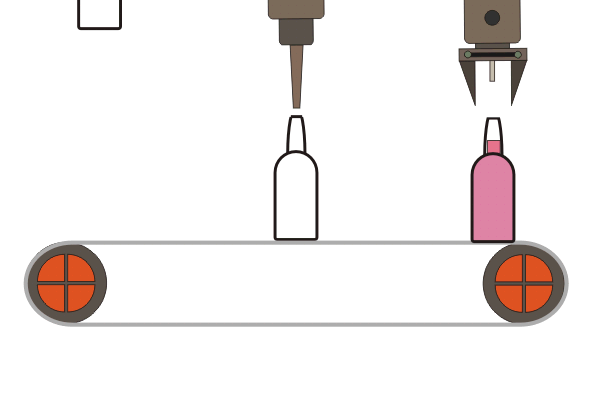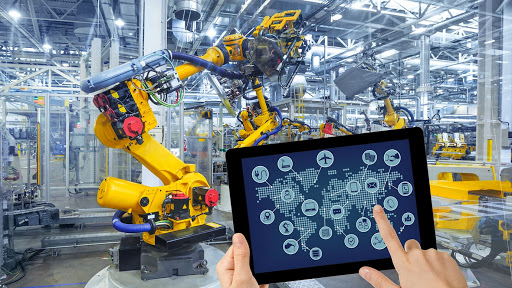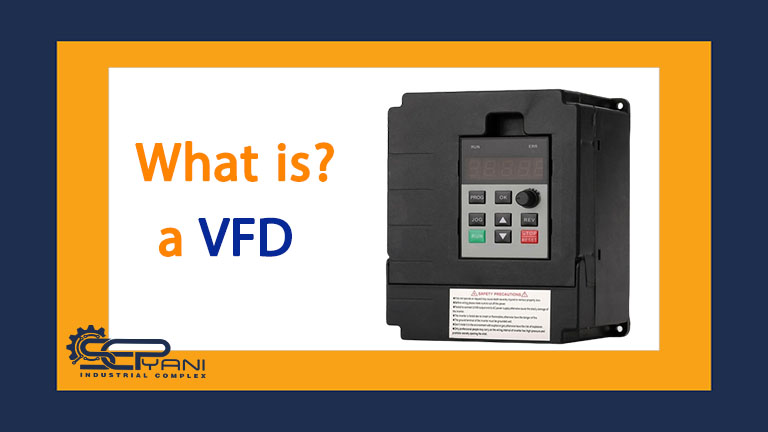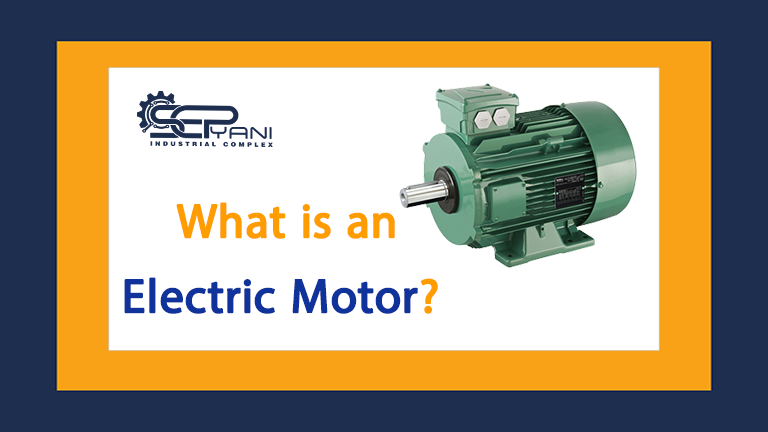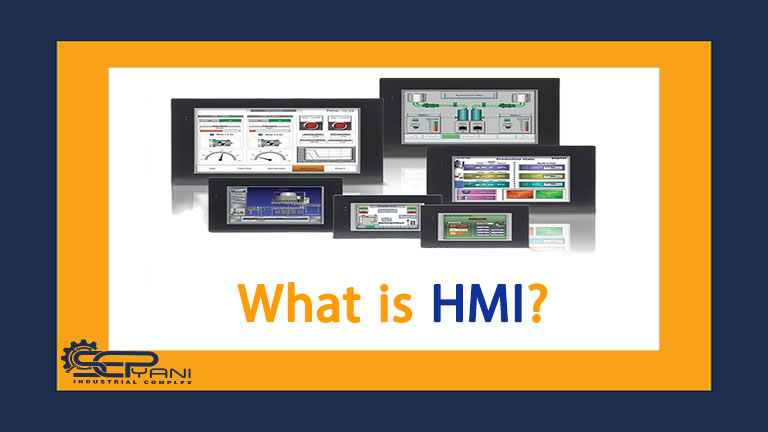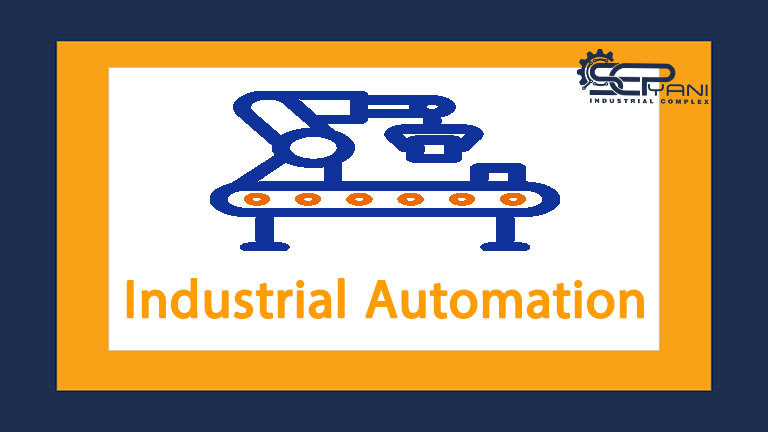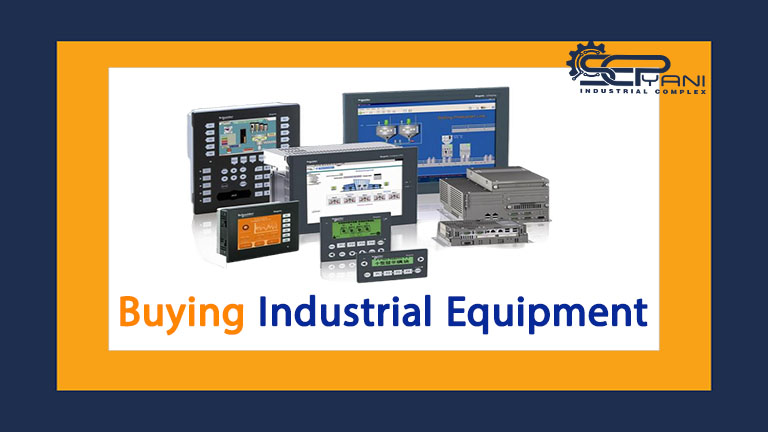Industrial Automation
Types of industrial automation refer to computer systems in production that manage various processes and machines without human intervention. The term automation was invented by engineers from Ford Motor Company who were the pioneers of the assembly and automation production line. In this article, from the collection of educational articles on the official website of Sepyani Industrial Group, we want to talk about the types of industrial automation and related topics.
With the modernization of technology, industries have started adopting automated systems to increase efficiency and productivity at work. The widespread adoption of these systems has caused the industrial automation market to reach $127.04 billion globally in 2018 and is expected to reach a staggering $296.70 billion in 2026.
What is Industrial Automation?
There are many different automation systems. But what automation system is actually right for your business? The suitable automation system for your business is determined according to working conditions, competitive pressure, manufacturing and assembly specifications, work requirements and work cost.
By looking at the types of systems listed below and considering the factors listed above, you can make a great choice. In the future, stay with Sepyani Industrial Group active in the field of industrial automation, designing and setting up production lines and maintenance.
Types of industrial automation systems
Industrial automation systems are divided into four categories. We will introduce them in the next section. We will also explain about their process and applications.
1. Fixed Automation
This type of automation is also known as hard automation. Fixed automation systems perform a set of tasks without human intervention. This type of system is usually used for mass production and continuous flow systems. An example of fixed automation equipment can be an automatic conveyor belt system that is designed to increase efficiency by moving objects from point A to B without minimal effort.
Just like other fixed automation system equipment, automatic conveyor belts perform fixed and repetitive operations to achieve high production volume. Repetitive production that allows for changes in the production process, although this production is limited.
2. Programmable Automation
As the name suggests, programmable automation is executed through commands provided by a computer program. This means that the resulting processes can be very different by changing the instructions given to the computer through a series of codes. Programmable automation systems facilitate changeable operation sequences and machine configurations using electronic controls.
With programmable automation, unnecessary programming efforts are required to reprogram the sequence and operation of the machine. Because production processes don’t change often, programmable automation systems cost less in the long run. This type of automation is common in mass production settings that produce similar types of products that use similar processes and tools. (such as paper factories or steel factories)
Manufacturing processes compatible with this system:
- Repetitive production whereby similar products are produced in large batches over a long period of time. Programmable automation is used in the manufacture of cars and machines.
- Programmable automation equipment can be expensive to set up initially, but because the processes are continuous and relatively unchanged, they cost less in the long run.
3. Flexible automation
Flexible automation, which is also called soft automation, is used in computer-controlled flexible production systems. And it also provides the possibility of production with more flexibility. This system executes every instruction it receives from the computer. This type of automation is usually used in batch processes and workshops with high product variety in flexible production systems with computer control.
Human operators enter high-level commands in the form of computer code that identifies products and their place in the system sequence to make low-level automatic changes. Every manufacturing machine receives instructions from a human-operated computer. The instructions start loading and unloading the necessary tools before their computerized instruction processes.
After the processing is completed, the finished products are automatically transferred to the next machine. This system is used in low to medium workloads, such as textile production. We at Sepyani Industrial Group, with the help of experienced and expert engineers, can be with you all the way in the field of industrial automation selection and installation and operation.
Manufacturing processes compatible with this system:
- Discrete production that allows changes in the production process.
- Workshop production that takes place within the production limits of a set and has more labor compared to other forms of production. An example can be the manufacture of customized machines.
- Batch production process whereby raw materials move in batches in the production line. So that there is a pause between each stage with batch movement. For example, in the pharmaceutical industry and in the production of paints
- A continuous production process that provides consistent processing. Because the production process does not change from beginning to end. This type of construction is usually used in food and beverage production as well as oil and gas production.
4. Integrated automation
Integrated automation includes the overall automation of manufacturing plants because it is completely done by computers and control processes with minimal human intervention. Computers can design the necessary parts, test the designs and build the parts. Integrated automation, like flexible automation, is compatible with both batch and continuous process manufacturing.
Technologies that use this type of automation:
- Computer-aided process planning
- Design and construction with computer support
- Computer numerical control machine tool
- Computerized production and control planning
- Automatic storage and retrieval systems
- Flexible machine systems
- Automated material handling systems, eg robots
- Conveyor belt and automatic crane
In addition, an integrated automation system can integrate a business system through a common database. That is, this system supports the complete integration of operations and management processes using communication and information technologies. Such technologies are used in computer integrated manufacturing and advanced process automation systems.
If you decide to automate. The degree of industrial automation required for each manufacturing facility must be determined based on operating conditions, competitive pressure, manufacturing and assembly specifications, labor requirements, and labor cost. By taking these factors into account, you can ensure that your industrial software automation investment is justified by continued profit growth.
Advantages of various industrial automation systems:
These systems have many benefits, the most important of which we will state.
Increase Productivity
Factory automation improves production rates through production control. All kinds of industrial automation systems help mass production by reducing the assembly time of each product and increasing production quality. This system produces a large amount of output for a given work input, which leads to an increase in productivity.
Optimum cost of operation
Integrating various processes in the industry with automated machinery minimizes cycle time and effort, thereby reducing the need for manpower. Therefore, investing in employees with automation leads to savings.
Improve product quality
Since automation reduces human intervention. The possibility of human errors is also eliminated. The uniformity and quality of the product can be maintained with more compliance with the adaptive control and monitoring of industrial processes in all stages from the beginning of production to the final product.
Reduce routine checks
Automation completely reduces the need for manual checking of various process parameters. Utilizing automation technologies, industrial processes automatically adjust process variables to set or desired values using closed-loop control techniques. Therefore, routine checks are reduced.
Increase the level of safety
Industrial automation increases the level of personnel safety by replacing automatic machines in dangerous working conditions. If this work and process is traditional, the level of risk is higher.
Hierarchy of an industrial automation system
Industrial automation systems can be very complex in nature. Because many devices work in harmony with automation technologies. The figure below describes the hierarchical arrangement of the automation system consisting of different hierarchical levels.
Field level
This is the lowest level of the automation hierarchy, which includes field devices such as sensors and actuators. The main task of these field devices is to transfer process and machine data to the next higher level for monitoring and analysis and also includes process parameter control through actuators. For example, we can describe this level as the eyes and arms of a particular process.
Sensors convert real-time parameters such as temperature, pressure, flow, level, etc. into electrical signals. This sensor data is further transmitted to the controller to monitor and analyze real-time parameters. Some sensors include thermocouple, proximity sensor, RTD, flowmeter, etc.
On the other hand, actuators convert electrical signals (from controllers) into mechanical tools to control processes. Examples of actuators are flow control valves, solenoid valves, pneumatic actuators, relays, DC motors, and servo motors.
control surface
This level includes various automation devices such as CNC machines, PLC, etc. which receives process parameters from different sensors. Automatic controllers direct actuators based on processed sensor signals and a control program or technique.
Programmable logic controllers (PLCs) are the most widely used industrial controllers capable of providing automatic control functions based on input from sensors. This level consists of various modules such as CPU, analog I/O, digital I/O and communication modules. It allows the operator to program a function or control strategy to perform certain automatic operations in the process.
Production monitoring and control level
At this level, automated devices and monitoring systems facilitate control functions and interventions such as Human Machine Interface (HMI), monitoring various parameters, setting production targets, historical archiving, setting machine startup and shutdown, etc. Mainly at this level, distribution control system (DCS) or supervisory control and information collection (SCADA) is used.
Information level or organizational level
This is the highest level of industrial automation that manages the entire automation system. The duties of this level include production planning, customer and market analysis, orders and sales, etc. Therefore, it deals more with commercial activities and less with technical aspects. Also, industrial communication networks in various industrial automation systems that transfer information from one level to another are located at this level.
So these exist at all levels of the automation system to provide a continuous flow of information. This communication network can be different from one level to another. Some of these networks include RS485, CAN, DeviceNet, Foundation Field bus, Profibus, etc.
From the above hierarchy, it can be concluded that there is a continuous flow of information, from the upper level to the lower level and vice versa. If we assume this graphical method, it is like a pyramid in which information is aggregated by going up and while going down, we get detailed information about the trend.
Conclusion
In general, all types of industrial automation help us to produce quality products without human intervention and to provide more or less flawless products to people. This is important if you are thinking of starting a manufacturing company or want to get equipment for your manufacturing business. Or even if you need advice on choosing industrial automation, you can easily talk to the expert consultants and engineers of Sepyani Industrial Group. For this, it is enough to fill out the consultation request form or contact us via WhatsApp.

